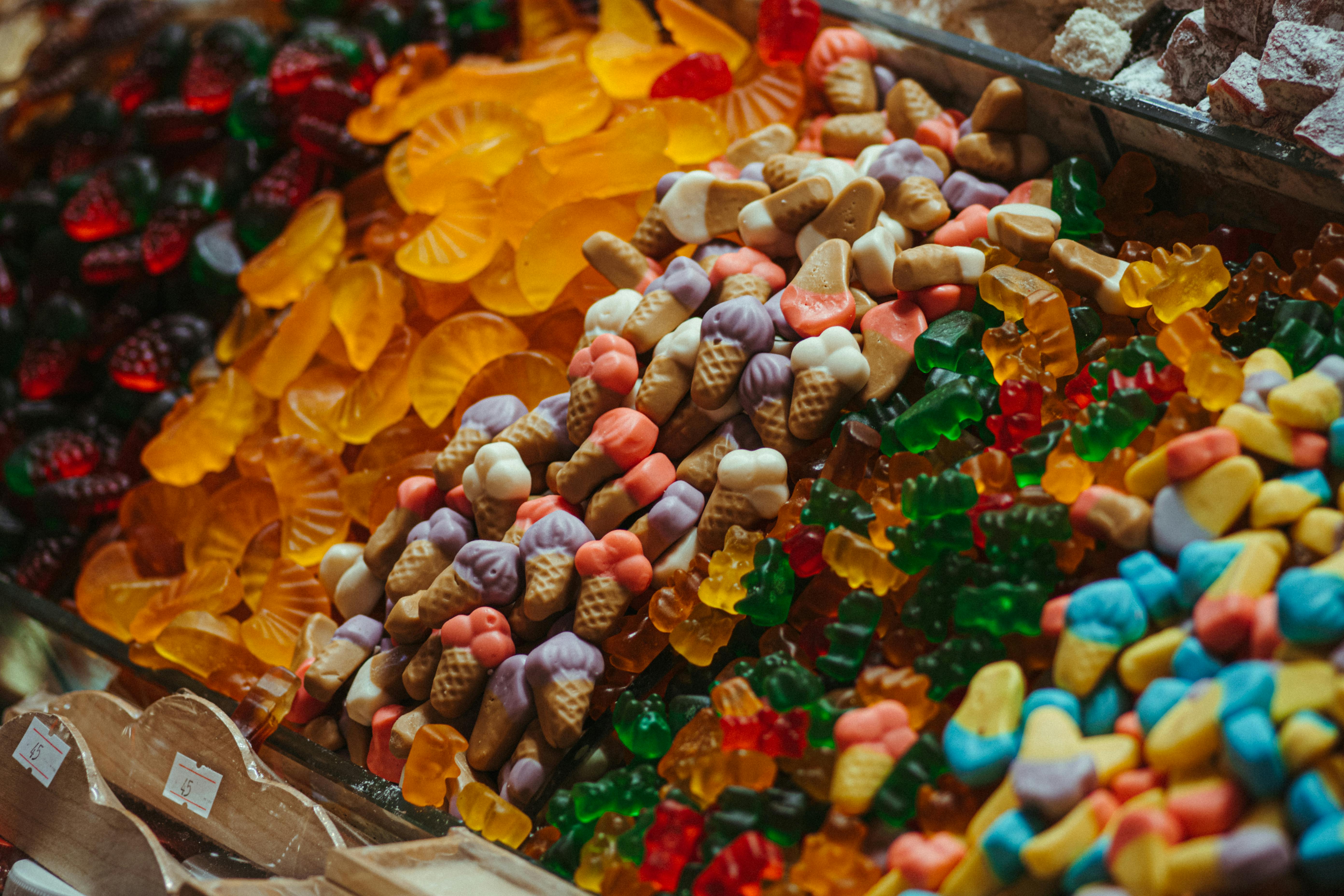What is Marmalade Made of: The History and Varieties of a Beloved Dessert

Paddington Bear, the hero of Michael Bond's English stories, is known for his love of marmalade. Marmalade is, after all, an essential part of a classic English breakfast. Here, we explore its origins, types, and health benefits.
What is Marmalade?
This sweet treat, resembling thick jam, was originally made from quince and sugar. The Greek term for quince, "melimelon," meaning "honey apple," inspired the word. French confectioners later coined the name "marmalade" for this quince-based paste. Today, marmalade is made worldwide from fruits, berries, and even vegetables like pumpkin. It’s created by boiling down a mixture of fruits with water, sugar, gelling agents, food acids, and molasses. Sometimes, coloring and flavoring are added.
Common gelling agents used to achieve marmalade's jelly-like texture include:
- Pectin,
- Agar-agar,
- Gelatin,
- Modified starch.
Types of Marmalade
The ingredients determine the dessert's texture and type:
- Fruit and Berry Marmalade: Made from fruit or berry purée, sugar, and molasses, with pectin as the main thickener, derived from apples, quince, or citrus fruits.
- Jelly-Fruit Marmalade: Contains fruit juice or purée with agar or gelatin as a gelling agent.
- Jelly Marmalade: Sugar-based, cooked with gelling agents and molasses. The color and flavor come from natural concentrated juices or artificial flavoring.
- Chewy Marmalade: A dense variety with a mix of beeswax and vegetable fat to give it a firm, chewy texture.
- Diet-Friendly Marmalade: Made with natural fruits, berries, and thickeners, using sweeteners like fructose or agave instead of sugar.
Benefits and Risks of Marmalade
The more natural the ingredients, the more nutritious the marmalade. For example, fruit and berry marmalade is high in vitamins, minerals, and fiber, essential for digestive health. Marmalade’s health value also depends on the gelling agent:
- Pectin: A natural sorbent that helps lower blood cholesterol, slowing atherosclerosis progression.
- Agar-Agar: Rich in magnesium and iron, as well as fiber that promotes satiety and supports metabolism.
- Gelatin: Beneficial for skin, joints, and nails due to its collagen-boosting amino acids.
Children under three should avoid marmalade, particularly chewy varieties, as they are too firm for young teeth. Even with lower calories (250-320 per 100 grams), it’s wise for those watching their weight to enjoy marmalade in moderation.
Marmalade's History
Some say the Greeks invented marmalade by making a dessert from apple or quince juice. But the idea also appears in the East, where Turkish delight has been a traditional sweet for centuries. The 16th century brought sugar from the Americas to Europe, sparking jam and confiture production in England and France, respectively.
Legend has it that marmalade emerged in England to make use of imported Spanish oranges. One story claims a doctor invented it to help treat Mary Stuart’s ailments with candied oranges and quince. By the 17th century, marmalade recipes were published, with British marmalade now traditionally made with oranges.
How Marmalade is Made in Factories
The process may vary depending on type and recipe, but generally follows these steps:
- A sugar-molasses syrup is made with fruit purée or juice.
- Gelling agents, colors, and flavors are added to the fruit mixture: pectin for fruit marmalade, agar or gelatin for jelly varieties, and wax and fat for chewy types.
- The mixture is poured into molds and cooled.
- Cooled candies are coated with sugar or natural wax for shine and to prevent sticking.